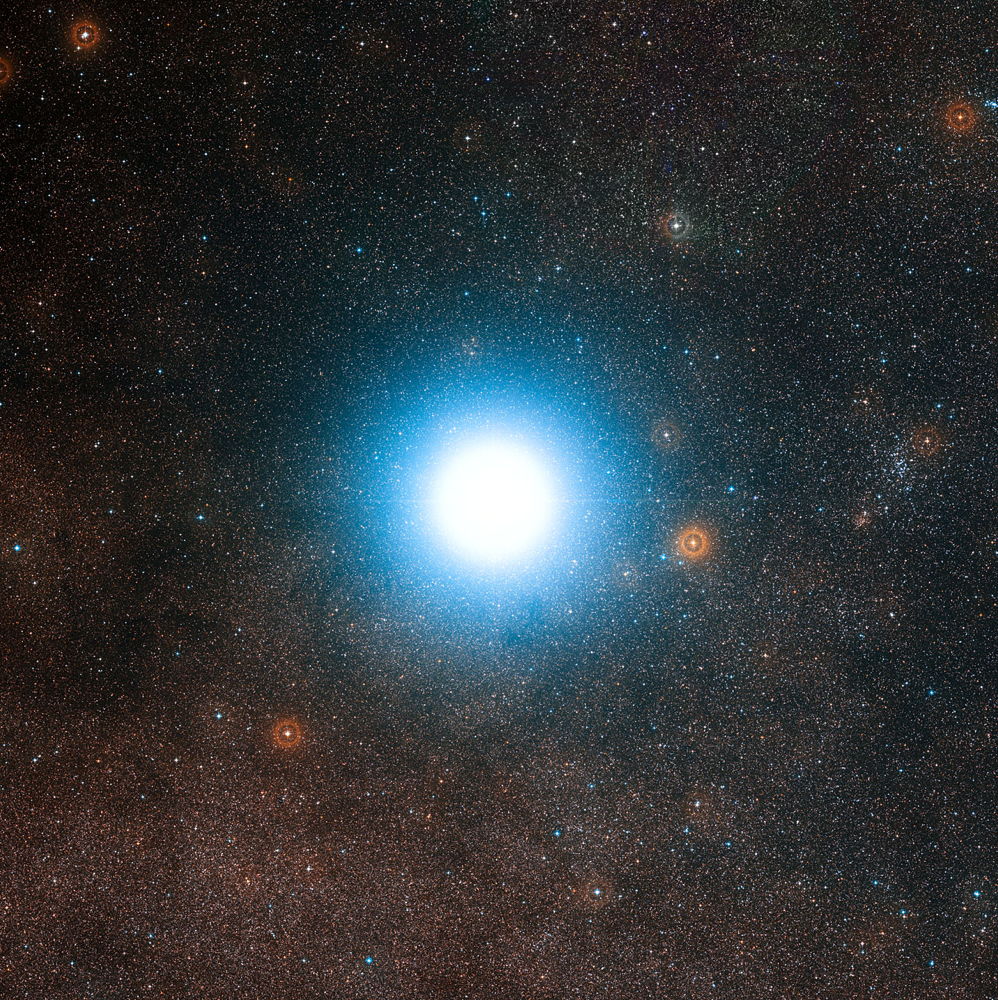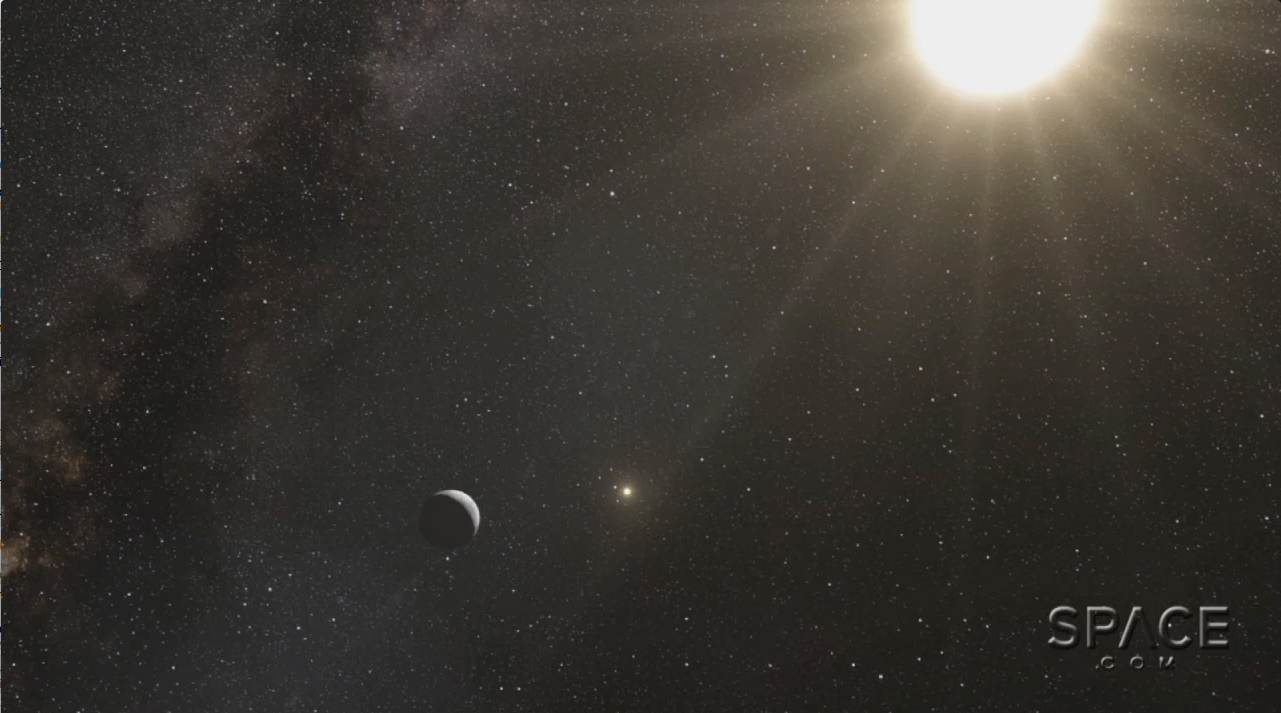Earth-Size Planet Closest to Our Solar System: By The Numbers

An alien planet discovered around a star in the Alpha Centauri system, the nearest to our own sun, has astronomers buzzing, and not just because it's the closest exoplanet to Earth ever seen.
The newfound extrasolar planet Alpha Centauri Bb, it turns out, is not only the nearest alien world to Earth, it's also extremely Earthlike in size and mass. The planet is much too hot and too close to its parent star to support life, but its existence suggests the tantalizing possibility that there may be more planets waiting to be found in our neighboring star system.

Here's a look at the numbers behind the newfound alien planet Alpha Centauri Bb:
25 trillion: The number of miles Alpha Centauri Bb is from Earth. That's about 40 trillion kilometers. Sound far? It's still the closest star system to our sun.
3.6 million: The distance, in miles, at which the planet orbits its parent star Alpha Centauri B. This is much closer to the star than Mercury is to our sun. Earth is 93 million miles (150 million km) from the sun.
40,000: The approximate number of years it would take an unmanned spacecraft like NASA's Voyager 1 probe now leaving our solar system to reach Alpha Centauri Bb. You'd need a lot of snacks for that trip.
2,240: The likely surface temperature in Fahrenheit (it's 1,227 degrees Celsius) for planet Alpha Centauri Bb. The planet is so hot, its surface is likely melted into a molten slag, making it a truly hellish "lava world." Bring your sunscreen.
Get the Space.com Newsletter
Breaking space news, the latest updates on rocket launches, skywatching events and more!
800: The lower limit for confirmed alien planets scientists have discovered since the mid-1990s. There are thousands more awaiting confirmation.
4.3: The number of light-years Alpha Centauri Bb is from Earth. The star system is visible only from the Southern Hemisphere of our planet. (Sorry, northern stargazers!)
2: The number of sunlike stars in the Alpha Centauri system. The stars Alpha Centauri A and B are both similar to our sun and. Proxima Centauri is much fainter than Earth.
1.13: The mass of alien planet Alpha Centauri Bb as compared to that of Earth. It is the first Earth-mass planet around a sunlike star ever found, scientists say.
You can follow SPACE.com Managing Editor Tariq Malik on Twitter @tariqjmalik and SPACE.com on Twitter @Spacedotcom. We're also on Facebook & Google+.
Join our Space Forums to keep talking space on the latest missions, night sky and more! And if you have a news tip, correction or comment, let us know at: community@space.com.

Tariq is the Editor-in-Chief of Space.com and joined the team in 2001, first as an intern and staff writer, and later as an editor. He covers human spaceflight, exploration and space science, as well as skywatching and entertainment. He became Space.com's Managing Editor in 2009 and Editor-in-Chief in 2019. Before joining Space.com, Tariq was a staff reporter for The Los Angeles Times covering education and city beats in La Habra, Fullerton and Huntington Beach. In October 2022, Tariq received the Harry Kolcum Award for excellence in space reporting from the National Space Club Florida Committee. He is also an Eagle Scout (yes, he has the Space Exploration merit badge) and went to Space Camp four times as a kid and a fifth time as an adult. He has journalism degrees from the University of Southern California and New York University. You can find Tariq at Space.com and as the co-host to the This Week In Space podcast with space historian Rod Pyle on the TWiT network. To see his latest project, you can follow Tariq on Twitter @tariqjmalik.









